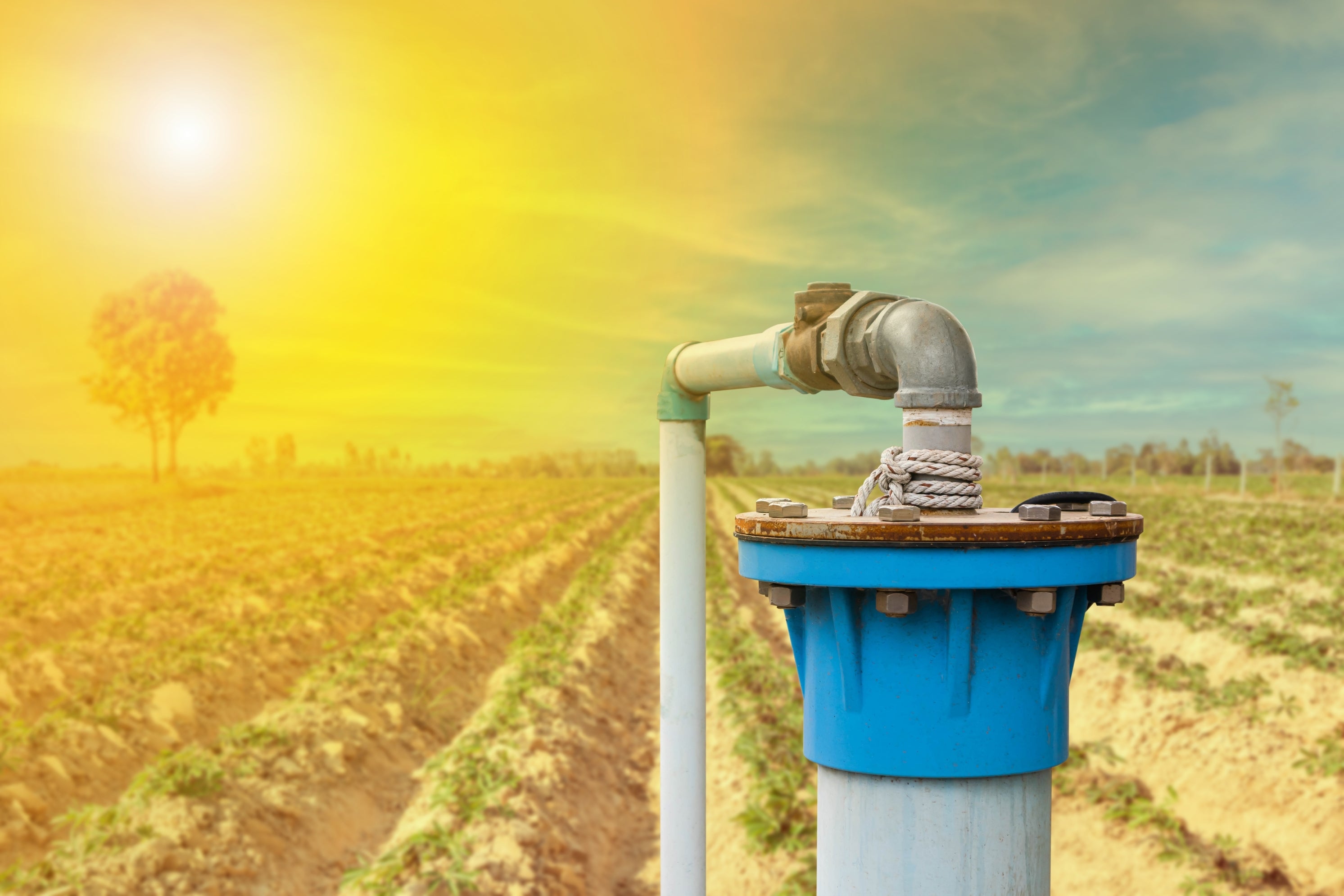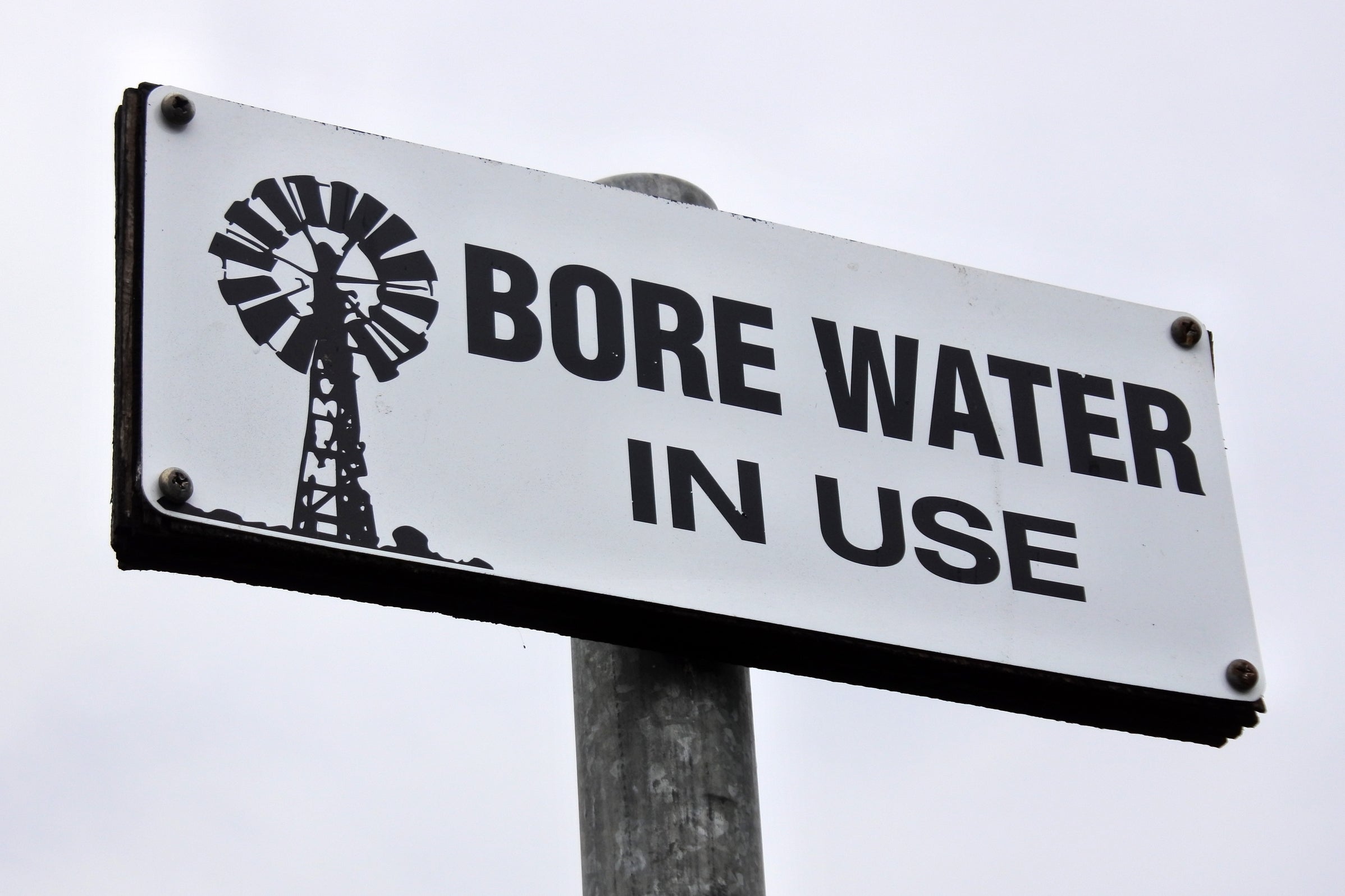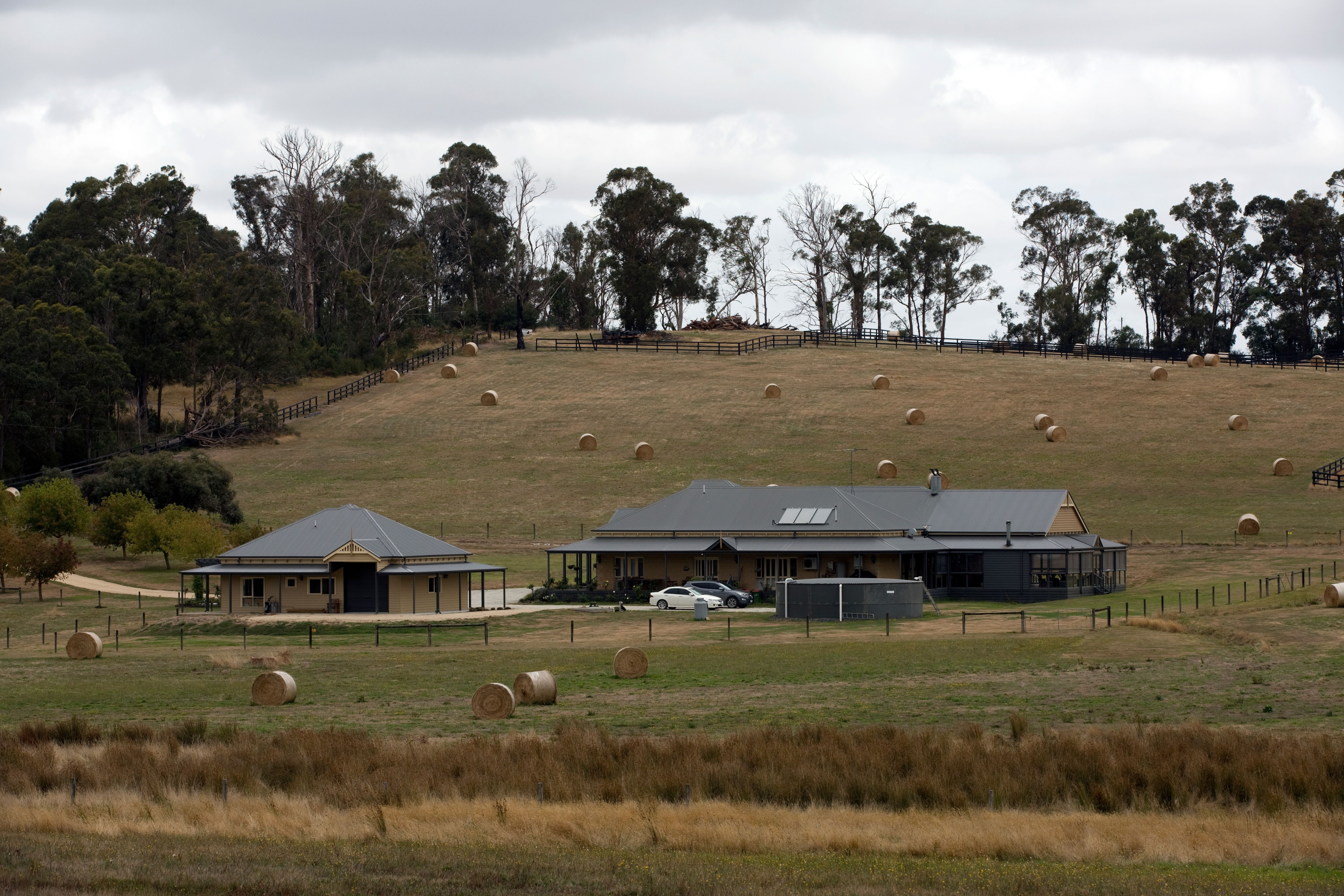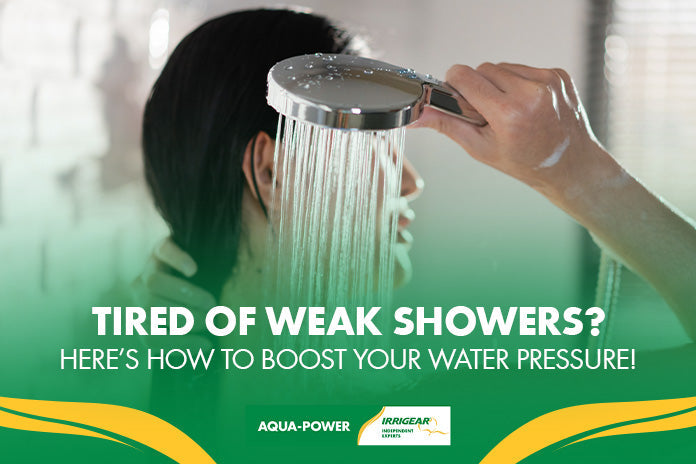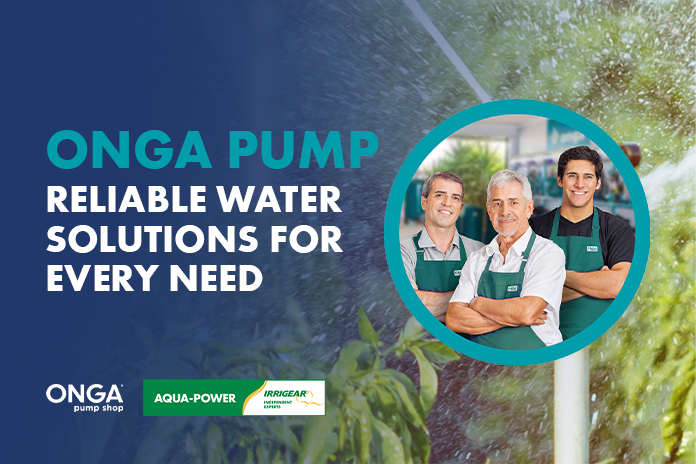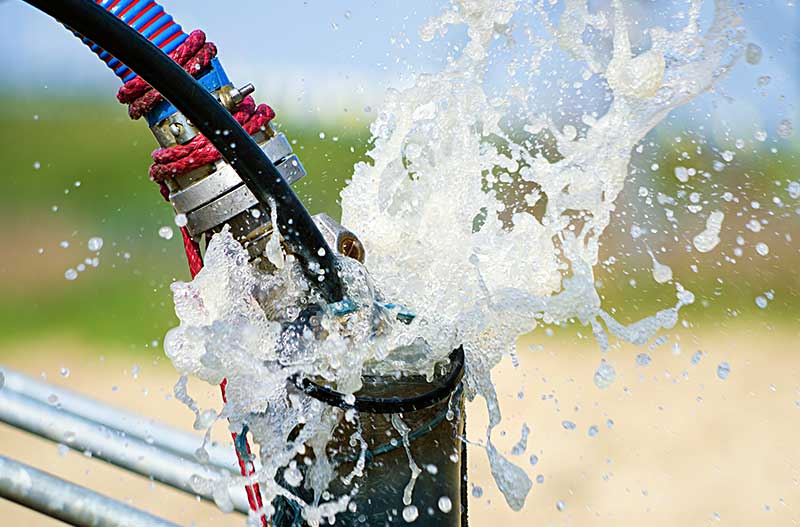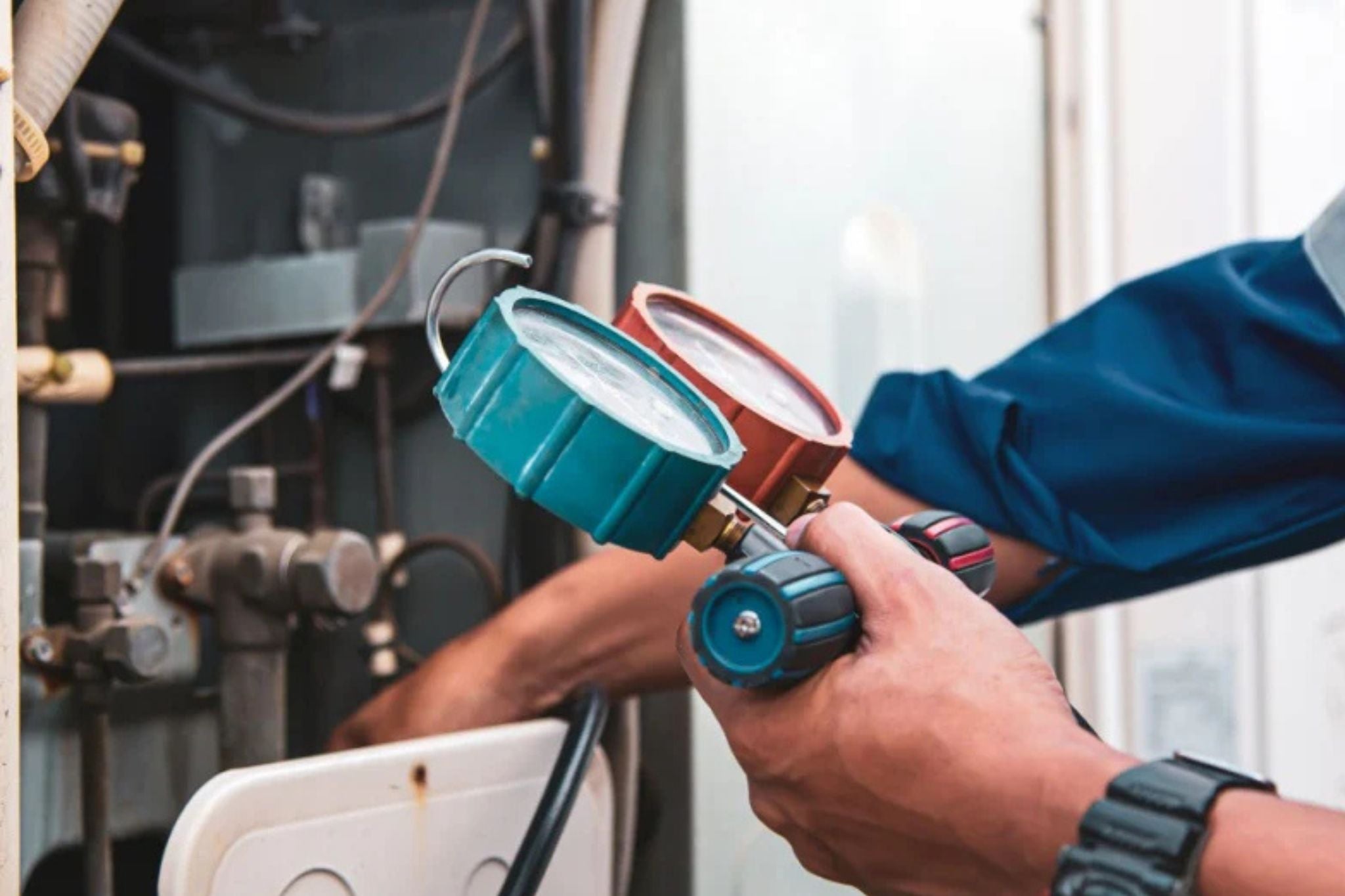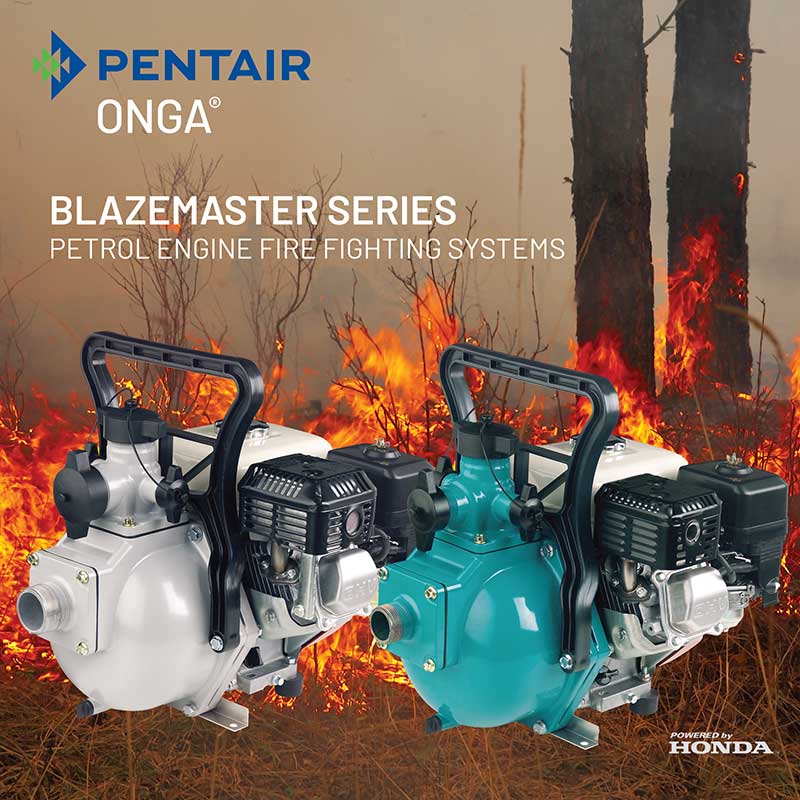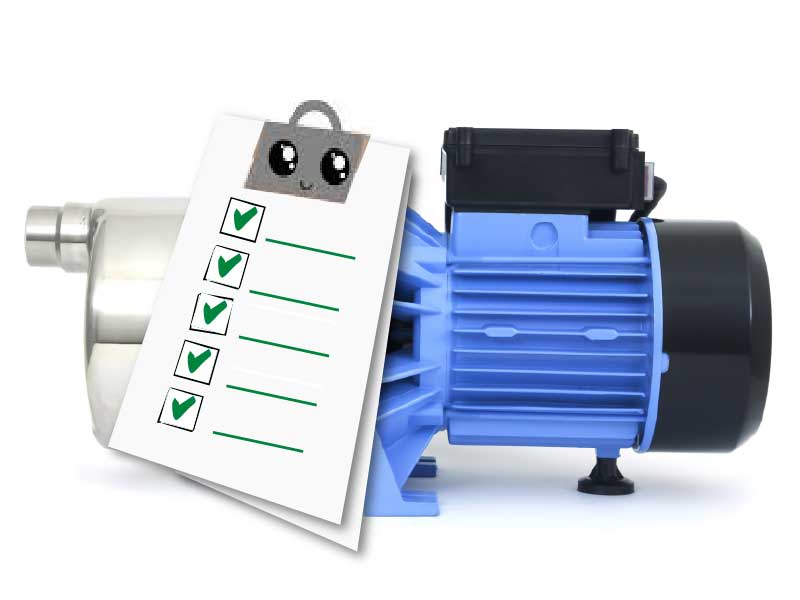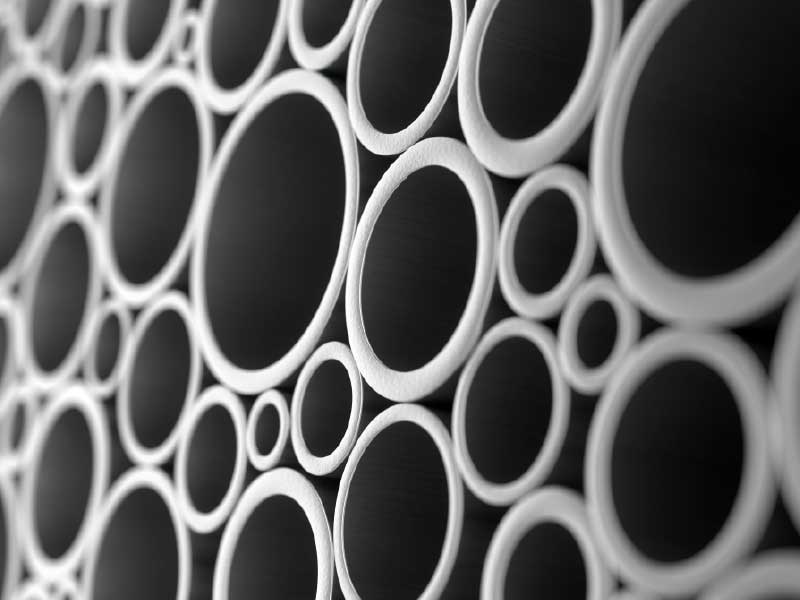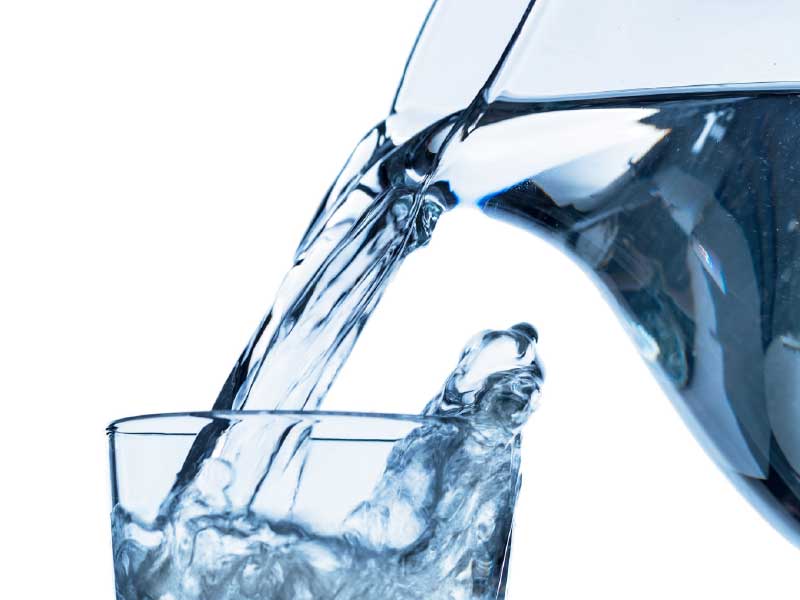
Is My Water Safe to Drink?
Posted by Lachlan McIntosh on
Seven steps to make sure your water is safe to drink
At Aqua-Power we get asked all the time “Is this water okay to drink?” or “Can I drink my bore/dam/creek water safely?”
Of course the answer to both questions is “Yes” — you can drink it, but you should probably take these few steps before you do.
There is a high likelihood that your water contains bacteria, pathogens, minerals or even heavy metals or pesticides. Water sources can also become contaminated from dust and leaves as well as birds and other wildlife which may leave behind droppings or even perished remains. These contaminants can also end up in your gutters and find their way into your water tank.
Spring water and dam water have the additional burden of being a habitat for aquatic life, birds and livestock — all of which can cause contamination of your drinking water.
Bores too can have contaminants such as lead and other heavy metals. Nearby septic systems or old sheep dips can also leach into your bore, ready for your drinking displeasure.
But we don’t want you to panic. Here are some simple steps that can be taken to ensure that your drinking water is safe!
Rainwater Tanks
1. Keep it clean.
The best way to combat rainwater tank contamination is to go to the source – most often, that's your roof.
- Are the gutters clean?
- Are there places where leaves build up and get caught?
- Is there a favourite perch that birds love, leaving their calling cards on the roof below?
Keep these clean! This might seem obvious, but it is common to find a decomposing lizard or mouse that a bird may have dropped; or a pile of rotting leaves and dirt; it makes your stomach turn thinking about it, doesn’t it? It will definitely make your stomach turn if you drink it.
2. Downpipes.
How much stuff is stuck in your downpipes?
- Dry systems
- Wet or charged systems
If you have a “dry” downpipe system (one that slopes down from the gutter direct to the tank) you are probably OK. Debris and leaves are swept along and don’t get caught up.
But if your downpipe system is a “wet” or “charged” system, debris is probably accumulating at the low point in the pipework. Water flowing during rain events is not fast enough to sweep them up and out, so it stays there and acts like a giant teabag, brewing nasties into your drinking water. In hot weather or in long dry spells this water can really brew up nicely. And when the next rainfall event comes along, this smelly, bacteria-rich water ends up in your tank. All “charged” downpipe systems should have a flush point – a way to open the downpipes and allow the debris and contaminants to be flushed out regularly.
3. To flush or not to flush.
Do you have a first flush diverter? And do you maintain it? Sometimes known as
- First flush diverter
- First flush device
- Rainwater diverter
- Downspout diverter
- Roof washer
The first flush diverter is a simple contraption that diverts the first flow of water away from a rainwater catchment system, helping to ensure cleaner water in your tanks. When installed and maintained correctly, first flush diverters work well. Unfortunately, we often see them installed at the tank in conjunction with a wet charged system. This is useless. A diverter needs to be installed at the downpipe or at the low point of your stormwater pipe system – and the diverter needs to be flushed clean periodically.
In our opinion, first flush diverters work really well in our region – if they are maintained. If it’s chock full of debris it’s doing nothing.
4. Tank strainers.
Tank strainers (or screens) can be highly effective filtering debris. But is your tank strainer OK? We have seen tank strainers overflowing with debris, some even growing small trees. Get a ladder and give it a clean out. Some tanks (especially in-ground tanks) are installed without a strainer. It’s poor design. If this is the case at your place, work out how you can incorporate a strainer into your system.
5. Check the water.
Open up the tank and take a look with a torch. You should be able to see the bottom through crystal clear water. If the water is cloudy, smelly, oily – you have a problem. Don’t worry about the bio-scum on the bottom, that is normal. Even treated town water has it.
6. Filtration systems.
Do you have a filteration system? Most filtration systems use a fine sediment cartridge and sometimes a carbon-based taste and odour cartridge.
If you have been doing the steps above, you probably don’t have a taste and odour problem, so a sediment cartridge is just fine. If you do have a taste and odour problem, you are probably better off looking for the cause. In any case, make sure that your cartridges are replaced at least every 6-12 months.
The filter system should be located after the pump and in a place that offers easy access. A couple of isolation valves before and after the filter system makes cartridge changes easy.
7. Disinfection.
Disinfecting your drinking water is the final step. Even after all the above steps, your water might still contain e.coli, crypto or giardia cysts.
There are a couple of different ways to make sure your water is safe to drink. UV disinfection forces the water past a UV globe (just like the black lights at your favourite night club), which bursts the cell wall as the little critters go past. The UV globes have to be replaced every year or they lose their bacteria blasting powers.
The other method is chemical disinfection, using either chlorine or peroxide. Both are very effective and provide a cheap and simple one-time disinfection. Liquid chlorine (do not use powdered chlorine!) will leave a chlorine odour which will dissipate over time, while products like Puretec® TankSafe which use peroxide are odour-free. Both are chlorine or perioxide methods are perfectly safe if you follow the instructions.
Other Water Sources
If your drinking water source is a dam, spring or bore it is highly advisable to get a water test done by a NATA (National Association of Testing Authorties) accredited laboratory. They will test to the Australian Drinking Water Guidelines and supply a report detailing the chemical and biological status of your water.
In some cases the water will be clean and safe to drink as is, but in most cases some level of filtration or treatment will be required. This might include water softening, iron or mineral removal, ultra (membrane) filtration or even reverse-osmosis (think de-sal plants) filtration. These types of systems are generally designed on a case by case basis, and can become expensive.
Safe, Clean Water is a Great Investment
At Aqua-Power, we believe that developing a complete water management strategy is the best way to ensure a reliable, secure and safe water supply. Managing and maintaining your water sources as well as developing a strategy for their use is the best way to keep you, your family and your property happy, healthy and hydrated.
- Bushmans Group - Bushmans Poly & Aqualine Steel Liner Tanks
- Franklin Electric, Grundfos, NOV Mono, Pentair, Onga, Southern Cross, REAQUA (LORENTZ) – Pumping equipment & accessories
- Iplex Pipelines – Pipes, fittings & accessories
- Plasson – Pipes, fittings & accessories
- Puretec® – Filtration & disinfection systems, accessories
- Tankmakers
- Vinidex Australia – Pipes, fittings & accessories

